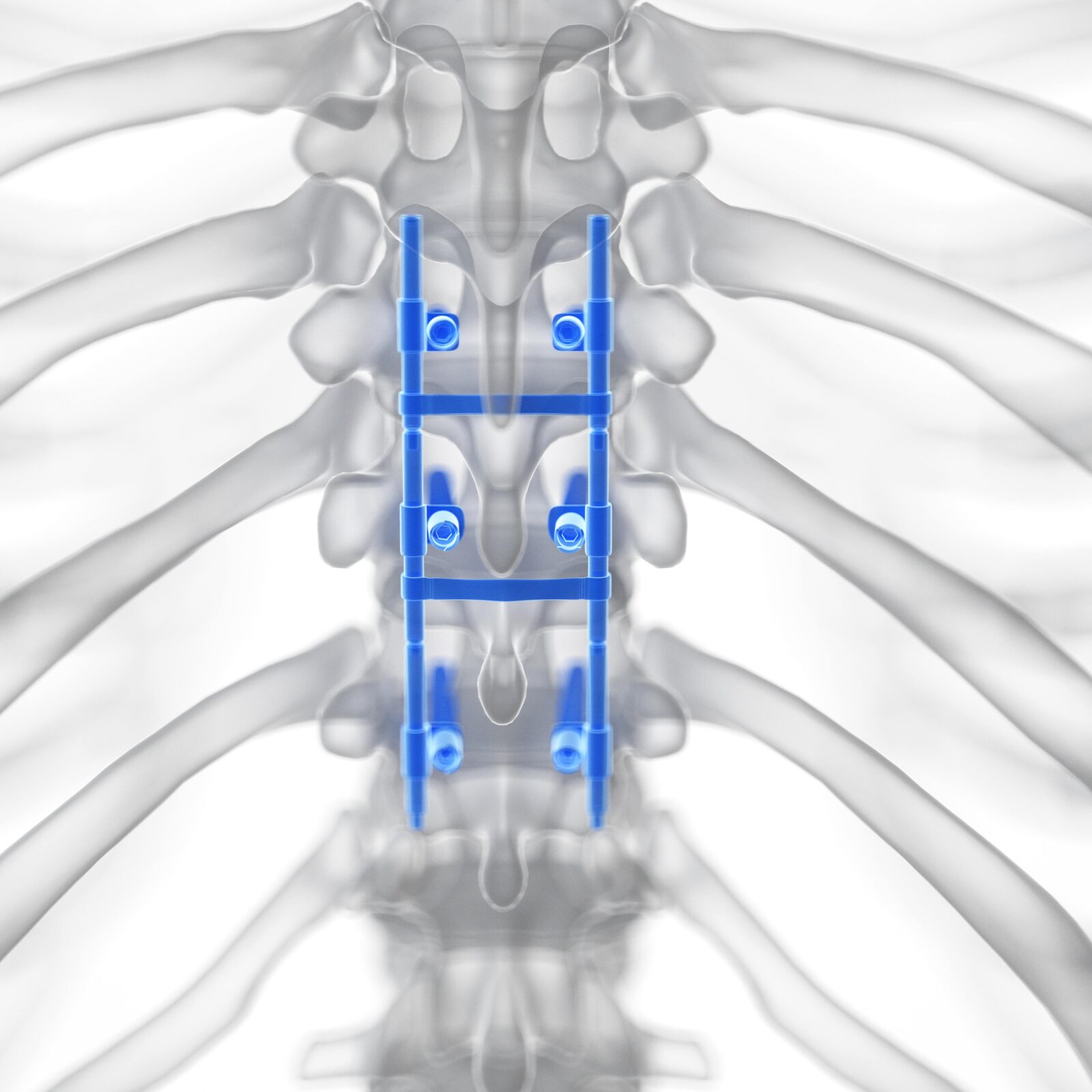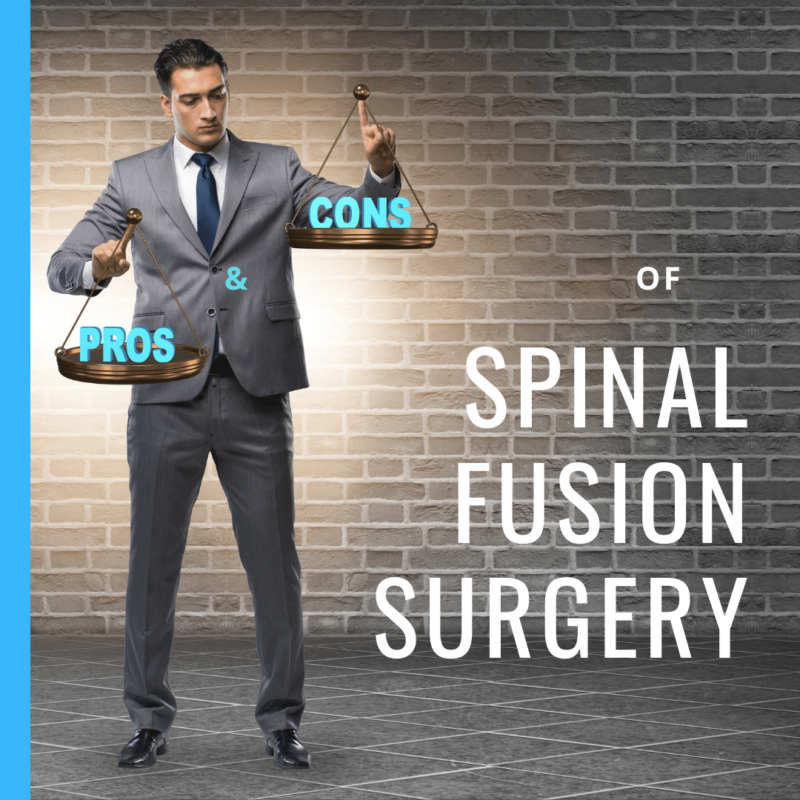If you are living with chronic back pain, you may be considering spinal fusion surgery as a treatment option. This is a major decision, and it’s important to understand the pros and cons of this procedure before making a decision. In this blog post, we will discuss the different types of spinal fusion surgeries and why they are performed. We will also discuss the pros of spinal fusion surgery, such as relieving nerve pain and reducing the likelihood of needing future surgeries. Finally, we will discuss the cons of spinal fusion surgery, such as longer recovery times and additional scarring.
Spinal fusion surgery is a procedure that is used to treat chronic back pain. This surgery involves joining two or more vertebrae together using a bone graft between the vertebrae. There are different types of spinal fusion surgeries, and the type of surgery that is right for you will depend on your individual condition. The most common type of spinal fusion surgeries include:

- anterior lumbar interbody fusion (ALIF)
- posterior lumbar interbody fusion (PLIF)
- transforaminal lumbar interbody fusion (TLIF)
- direct lateral interbody fusion (DLIF)
Each of these surgeries has different benefits and risks, so it’s important to discuss all of your options with your doctor before making a decision.
There are several reasons why a person may need spinal fusion surgery. The most common reason is to relieve pain from degenerative disc disease. This condition occurs when the discs between the vertebrae begin to break down, and it can cause chronic back pain. Spinal fusion surgery can also be used to treat other conditions such as:
- spondylolisthesis
- scoliosis
- kyphosis
- spinal tumors
The main goal of spinal fusion surgery is to relieve pain and improve function. In some cases, it can also help to stabilize the spine and prevent further damage.
Pros of Spinal Fusion
There are both pros and cons to spinal fusion surgery. Some of the pros include:
- Relieves Nerve Pain: Spinal fusion surgery can relieve pressure on the nerves and improve nerve function.
- Less Likely to Need Future Surgeries: Spinal fusion surgery can often be successful in relieving pain, and it may help to prevent the need for future surgeries.
- Reduces Post-Decompressive Deformity: In some cases, spinal fusion surgery can reduce post-decompressive deformity. This is a condition that can occur after decompression surgery, and it can cause the spine to curve abnormally.
Cons of Spinal Fusion
There are also some cons to spinal fusion surgery. These include:
- Longer Recovery: Spinal fusion surgery is a major procedure, and it can take several months to fully recover. During this time, you may need help with activities of daily living.
- Additional Scarring: Spinal fusion surgery will result in additional scarring. This can be a concern for some people, especially if you have a history of keloid scars.
- Adjacent Segment Disease: Adjacent segment disease is a condition that can occur after spinal fusion surgery. This condition occurs when the discs above or below the fused area begin to degenerate.
In Conclusion
In this blog post, we have discussed the pros and cons of spinal fusion surgery. This is a major decision, and it’s important to understand all of your options before making a decision. If you are considering this surgery, be sure to discuss all of your concerns with your doctor.










